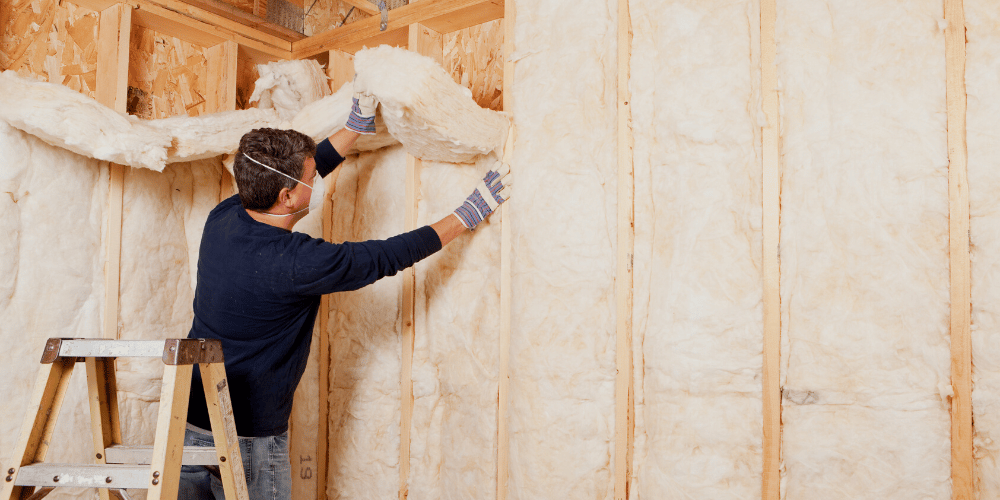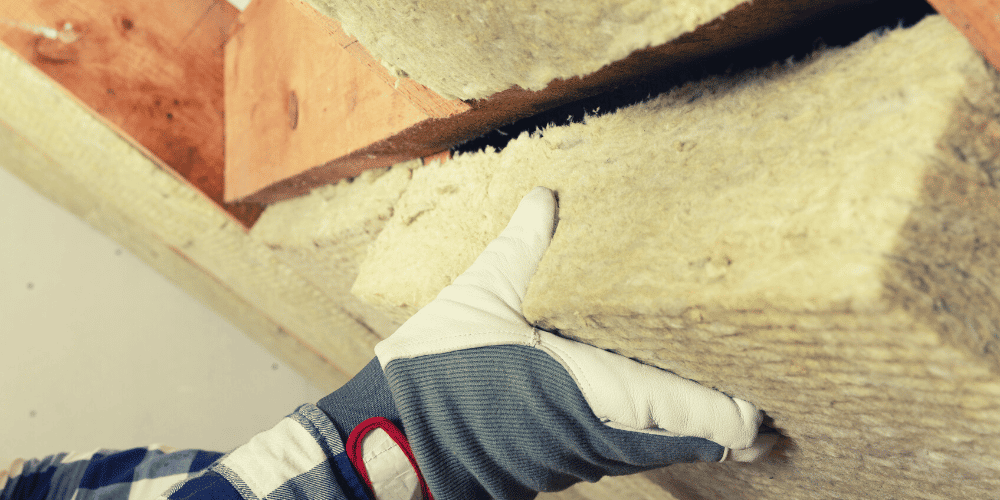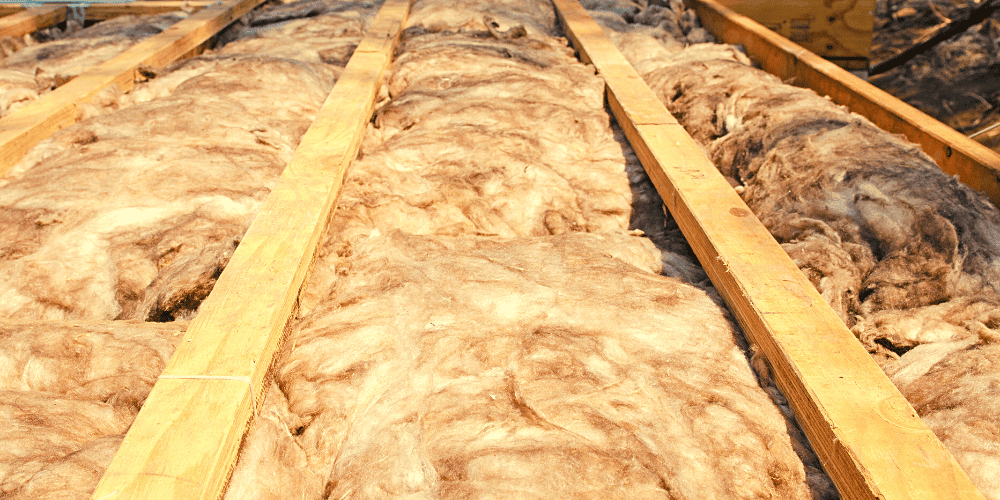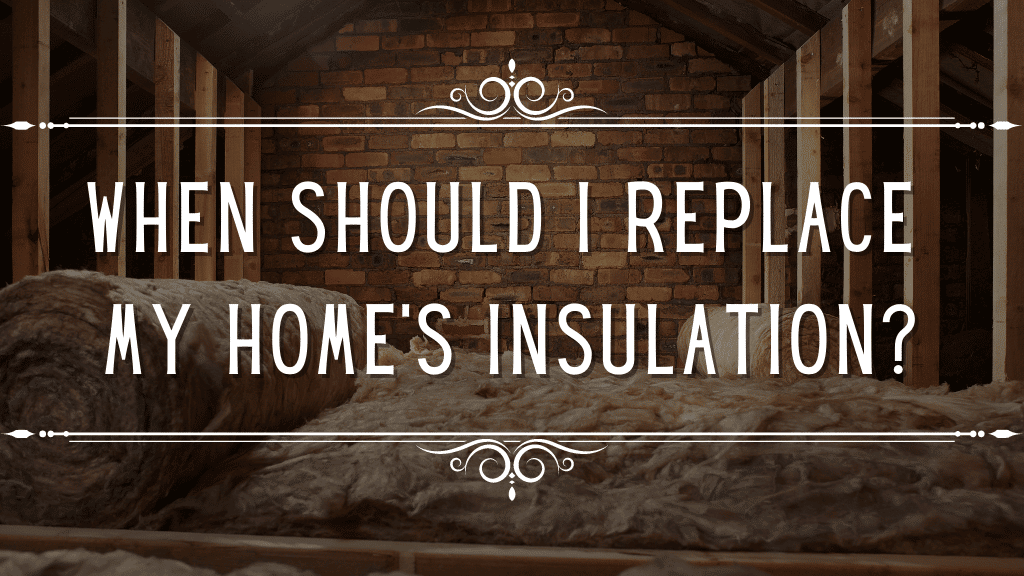If your insulation begins to fail, it’s a sign that you have problems. You may also have problems like a drafty home. Other problems can be costly in high energy bills, or worse, they could even cause serious health issues, thanks to allergies, rodents, and mildew.
How do you determine if the insulation in your home needs to be replaced? Let’s first look at the type of insulation in your home. Next, we’ll examine the factors that can cause the insulation to become weaker (and what signs it might be).
Which type of insulation do you have in your home?
Different insulation types have different life expectancies. Are you aware of the type of insulation in your home? These average lifespans can be used as a guideline for replacing insulation:
Spray Foam (Polyurethane Foam)
Spray foam insulation is a durable, efficient, and reliable form of insulation. Foam insulation can last for 80 years, or even longer. It is mildew-resistant and doesn’t retain moisture so it won’t move and can be removed easily.
Spray foam insulation is often not needed to be replaced. However, you might need to replace or repair your spray foam insulation if it has been damaged by weather, insects, construction, or any other factors. People who have never used this type of insulation may have questions about spray foam before making a decision.

Fiberglass Insulation
Fiberglass insulation is popular because it is cost-effective and effective. This insulation can be used in most homes for 80 to 100 years before replacement is needed.
However, this insulation can begin to fall from fiberglass batts after 15 to 20 years. If your insulation was installed in batts more than a decade ago it may be time to have an inspection or home energy audit.
Cellulose Insulation
Cellulose insulation is more efficient at blocking air than other insulation and is environmentally friendly. Studies have shown that cellulose insulation can be used to protect your home from a fire.
Cellulose insulation is made mostly from recycled materials and can degrade over time. It has a life expectancy of 20-30 years. However, cellulose insulation can begin to degrade as soon as 15 years after it is installed.
Like other insulation types, extreme weather and outside interference can decrease life expectancy.
It is common to use cellulose as supplementary insulation. Even if you have a home that is primarily insulated with another material, if there is cellulose present, it can be felt as the insulation degrades.
Insulation with mineral wool
Mineral wool, which is becoming more popular, is a durable type of insulation for your home. The lifespan of any particular product will vary depending on its use (e.g. glass wool, slag wool, rock wool, etc.) Mineral wool insulation is generally durable and can last several decades before it needs to be replaced.
Like other insulations, mineral wool insulation can be significantly reduced in lifespan if it is damaged or has other compromising factors.
Mineral wool can be used in a similar way to cellulose and may need replacement even though it is made of longer-lasting materials.
It is important to understand the history of your home. Older homes may have low-quality insulation or may have had it improperly installed. The longer a house has been standing, the more likely the insulation needs replacement.

What is the lifespan of home insulation?
Insulation can last a lot longer than you might think. Some insulation products can last 80 to 100 years! Many things can affect the longevity of your home’s insulation, such as the environment, roof leaks, and rodents.
Insulation can be severely damaged if it is used in less-than-ideal environments and significantly shorten the lifespan.
The R-Value of insulation determines its effectiveness. The R-Value is a measure of insulation’s effectiveness in preventing heat or cool air from being transferred. Throughout the United States, the eight climate zones determine the recommended R-Values.
For an attic that has not been insulated, the R-Value of this insulation ranges from R30 to R60. You can expect an R-Value of R25 to R49 if you have at least 3-4 inches of insulation. For floor insulation, an R-Value between R49 and R5 is recommended. Wall insulation is best suited to an R-Value between R6 and R6.
No insulation, no matter the type, is invincible or perfect.
Any one of these factors could significantly reduce the insulation’s life expectancy and make it more difficult to replace.
- Your roof has suffered water damage (e.g. leaks, blown-off shingles, etc. ).
- Mold can grow on insulation without you even realizing it.
- Insulation has been punctured (by a storm, an animal, during moving, etc. ).
- The insulation is becoming dirty or dusty. The insulation can become less effective as dust builds up over time.
- Your home has been damaged by severe weather or a fire.
- You suspect that the home you live in is older and the previous owners used poor insulation or sloppy materials.
- Insulation was either installed with “batt insulation”, which is when the insulation starts to fall out after 15 to 20 years, or “loose-fill insulation”, which can settle over time and lead to air leaks.
9 Signs Your Home Insulation needs to be Replaced
Do you suspect that your home insulation needs to be replaced but aren’t certain? These are the nine best ways to determine if your insulation needs to go.
- The temperature in your home is not uniform (changes frequently).
- It’s difficult to get your house to the right temperature and keep it there.
- The whole house is drafty.
- Some rooms of the house may have drafts, which is often a sign that your crawlspace insulation should be replaced.
- Your energy bill is excessive.
- If someone in your family is experiencing frequent allergies or other illnesses, (Poor insulation, aging, or damaged insulation can all be breeding grounds for mildew, allergens, and bacteria).
- You have frequent leaks, condensation, or other moisture problems.
- Problems with rodents or pests such as rats, mice, or raccoons are causing you concern.
- Insulation appears wet, thin, and shifting.

Hire Insulation Contractors
Different areas in your home will require different insulation with different R-Values. To avoid excessive air loss, it is important that your home has adequate insulation.
To determine if your insulation is causing you high energy bills, hire a professional. After determining the need for insulation replacement, you can hire a professional insulation contractor to install new, high-quality insulation.
Insulation can drastically reduce energy costs, lower stress on your HVAC unit, improve indoor comfort, and increase air quality.
Enjoy the benefits of the new insulation in your home
After you have replaced or fortified insulation, expect to see a 15% reduction in your home’s cooling and heating costs. Also, you will notice a decrease in dampness, pest problems, and uneven temperatures.
A professional insulation company can fix the insulation in your home quickly and without major reconstruction. If your existing insulation can stay, that dramatically reduces the cost of getting new insulation.

